All sinks and baths have wastage pipes. However, because other material can often drain away too, it’s necessary to have a wastage trap to catch this debris and prevent it from blocking the pipes further down the system. Here’s a quick guide to the different kinds of wastage traps available. All of the following are available from local plumbers merchants.
Trap 1. The bottle trap
One of the traps that can be fitted onto a basin is called a bottle trap, because of its bottle-like shape. The top end fits onto the waste end of the basin and the pipe off the side is where the waste water runs away and joins the main stack.
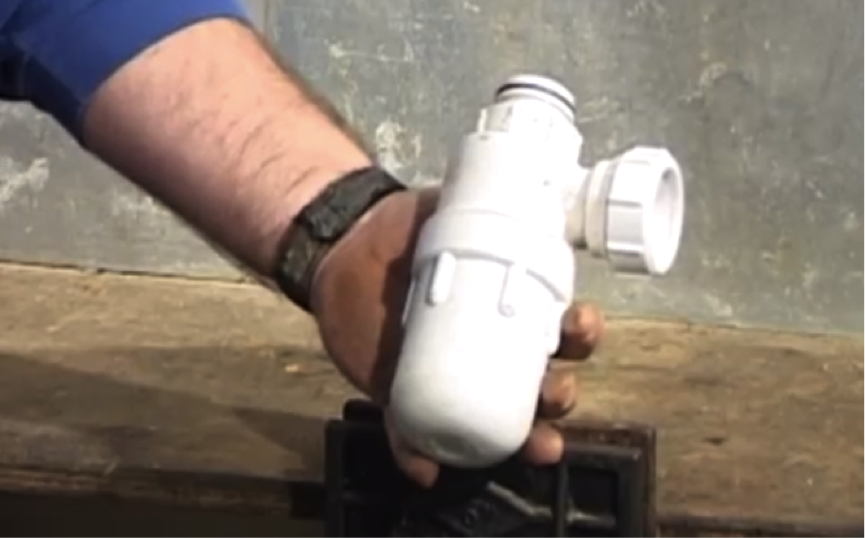
Emptying the trap
The bottom part is the trap where the debris is collected. This needs to be unscrewed and emptied from time to time to prevent build up. Bottle traps are commonly used for basins as they fit nicely behind the pedestal.
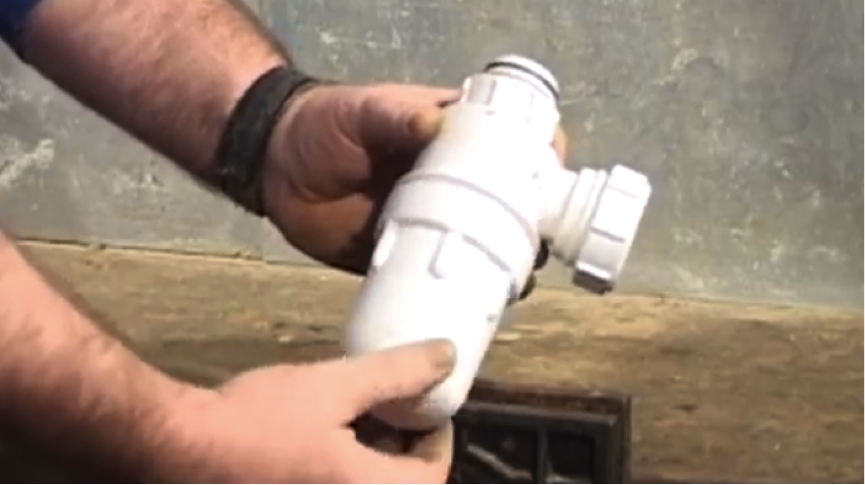
Trap 2. The S trap
Also popular for basins is the S trap, as pictured. Again, the top end attaches to the waste pipe and the water runs off through the S bend to the main wastage stack.
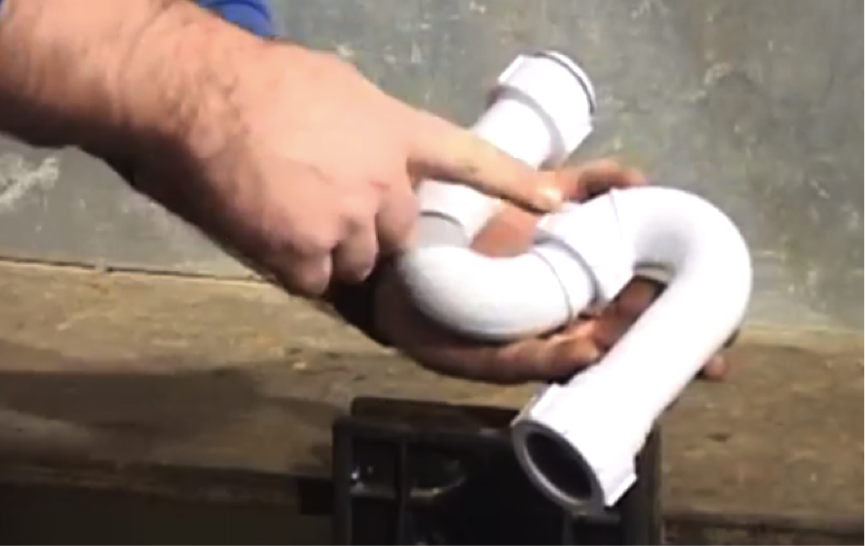
Adjusting the trap
The middle connector is adjustable and will twist. It will carry out the same function but this means they can be used in tighter gaps.
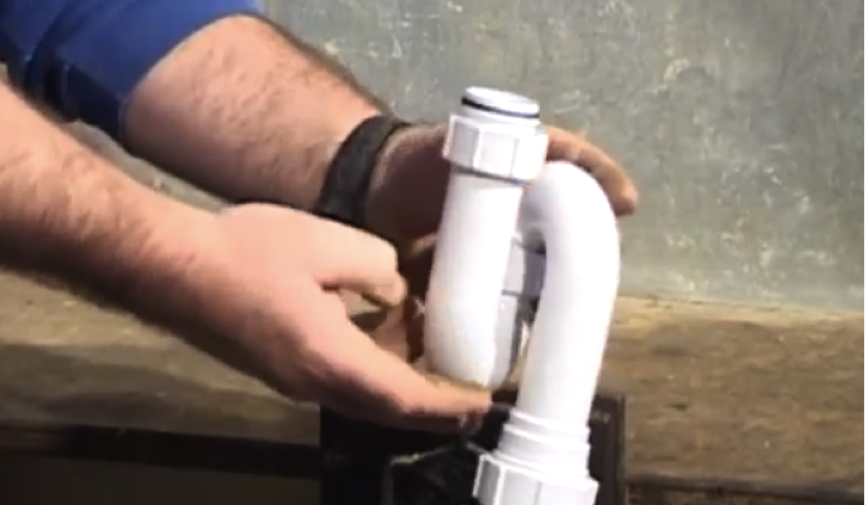
P trap variants
The bottom section is the down pipe, which lets the water go down into the waste. It is possible to exchange this for a P trap connector, which will take waste straight out through the wall at this point (indicated by the finger in the picture).
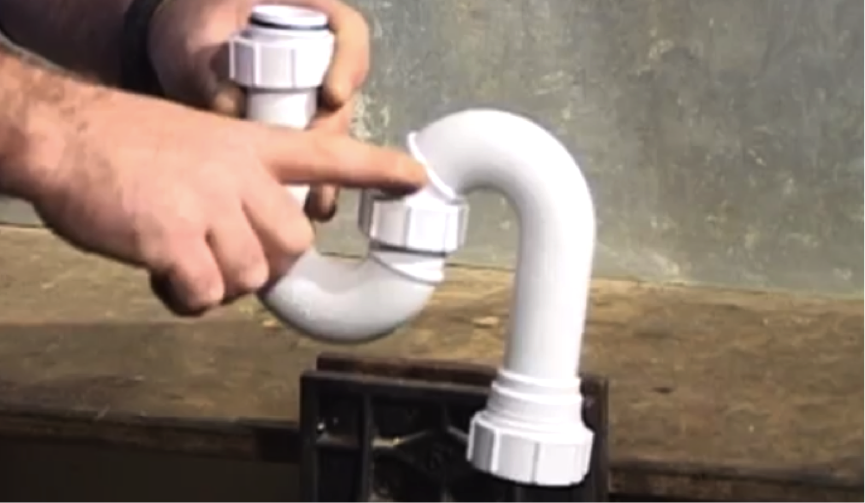
Trap 3. Shallow bath trap
This is not as deep as a basin trap, as you will have less room to work with when fitting a bath. Basin traps need to be a minimum of 75mm deep because of the shape of the appliance. Bath traps only need to be a minimum of 50mm deep.
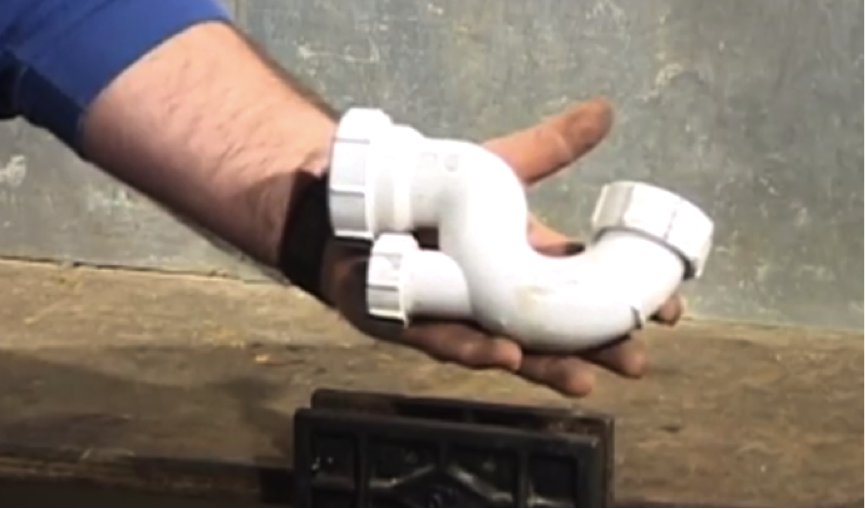
Resealing the trap
It’s important to reseal the trap when you empty it, as there is no water in the part indicated in the picture, and drain smells may come up through the wastage pipes and into the bathroom.
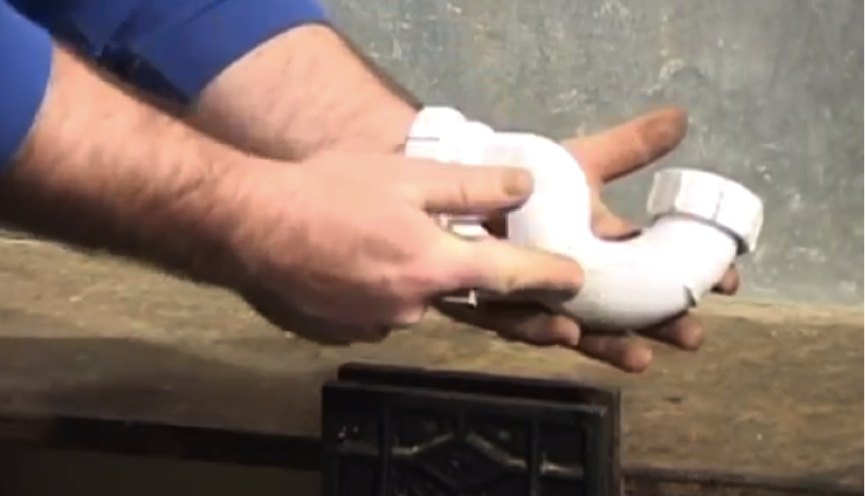
Access to the trap
On some bath traps there is another pipe at the bottom (as indicated by the finger in the picture). This is an access eye to clean out the bottom of the trap without having to take it off the appliance.
